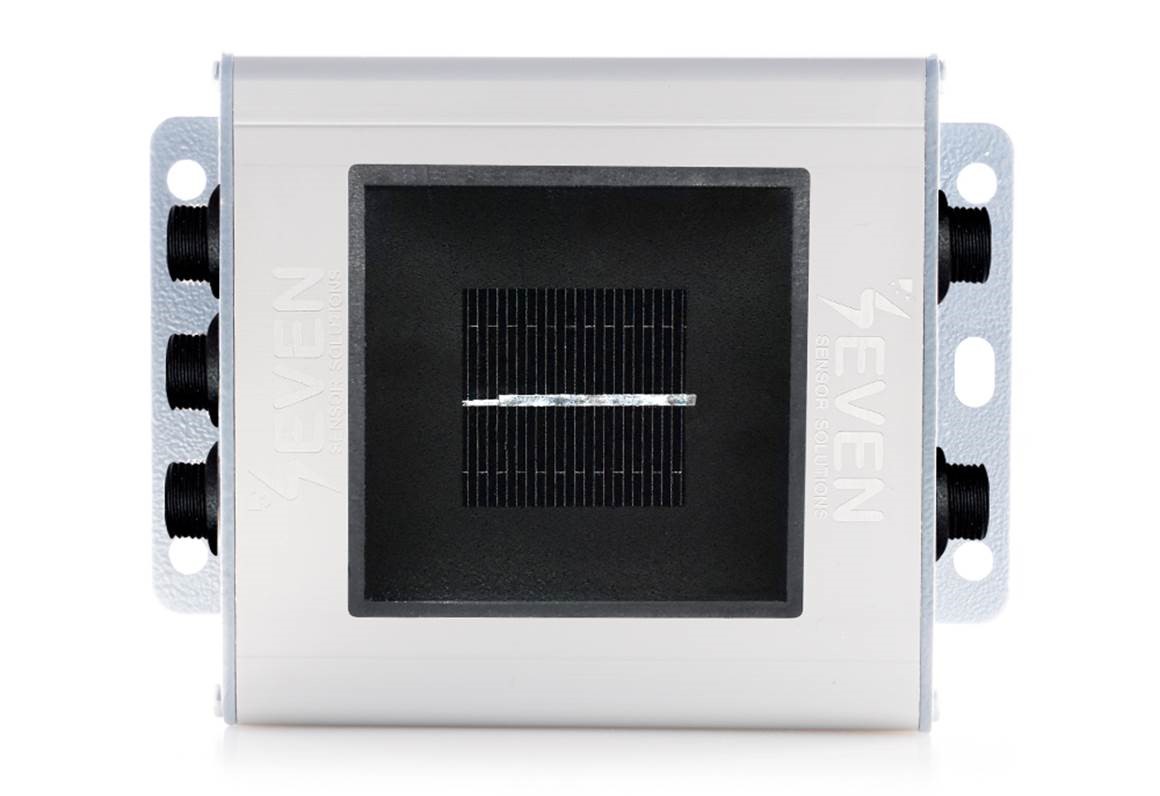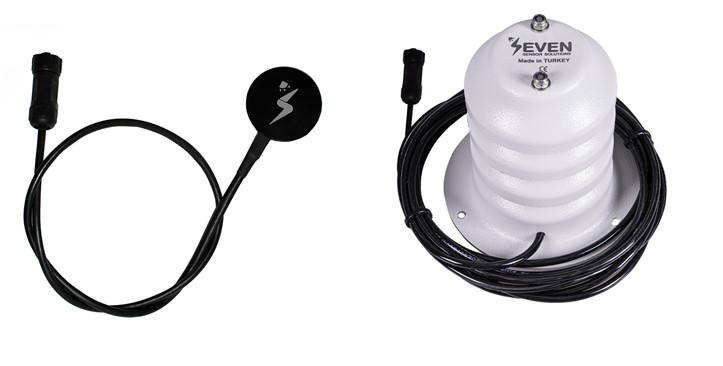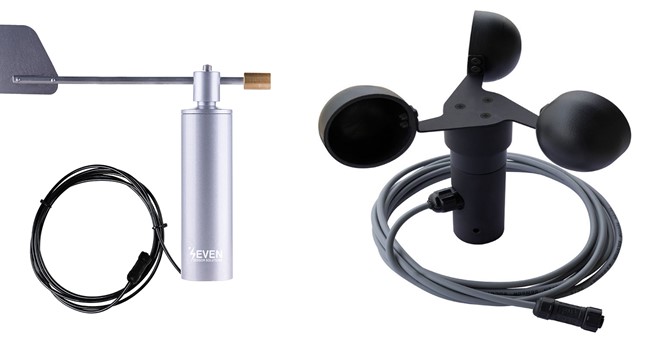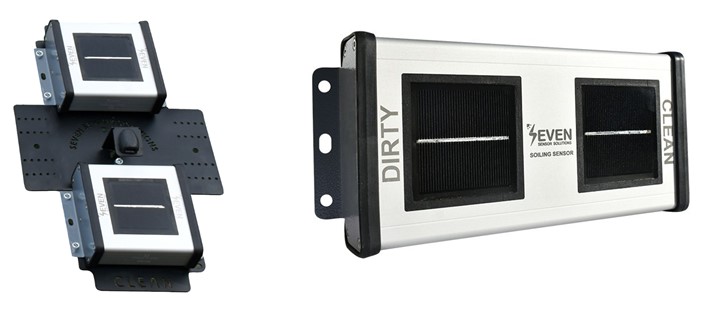As the global demand for clean, sustainable energy increases, solar energy utilization through photovoltaic (PV) systems has become a priority. However, traditional PV systems face efficiency and performance challenges. The integration of advanced sensor technologies is emerging as a transformative solution, offering real-time information and optimization capabilities.
Why Optimization is needed?
Traditional photovoltaic systems are often characterized by inefficiencies and performance problems due to changing environmental conditions. To meet these challenges, the integration of advanced sensor technologies has become essential. These sensors play an essential role in optimizing energy production, monitoring system performance and facilitating timely maintenance.
What are the essential sensors needed in PV installations?
- Solar irradiance sensors:

Solar irradiance sensors are essential components of photovoltaic systems. They measure the intensity of sunlight received by the solar panels in watts per square meter (w/m2) within the spectral wavelength range of 280-1200 nm. By providing real-time data on sunlight availability, these sensors enable system controllers to optimize panel tilt angles and orientation, ensuring maximum energy absorption throughout the day.
- Temperature sensors:

Temperature plays an important role in the efficiency of solar panels. Temperature sensors are integrated into photovoltaic systems to monitor the temperature of the solar panels. This data is essential for adjusting operating parameters, as higher temperatures can affect panel performance. Effective temperature management helps to extend panel life and improve energy production.
- Wind sensors:

Wind sensors are essential to claim wind damages in case it exceeded the mechanical design limits for insurance. Beyond this primary function, these sensors also play a crucial role in evaluating temperature rise. Their dual capability, encompassing both wind and temperature evaluation, makes them integral components in ensuring a complete understanding of environmental conditions and facilitating more accurate risk assessment for insurance companies.
- Soiling sensors:

Soiling sensors contribute to efficient maintenance planning by indicating when cleaning activities are required. Rather than relying on a fixed cleaning schedule, which may not correspond to actual soiling conditions, these sensors enable a condition-based maintenance strategy. This not only improves the efficiency of maintenance operations, but also reduces the consumption of water and resources associated with unnecessary cleaning.
By continuously monitoring and optimizing multiple aspects, sensors play a key role in enhancing the long-term reliability of photovoltaic systems. This guarantees sustained performance and a positive return on investment. Therefore, the integration of sensors increases the efficiency, reliability and sustainability of photovoltaic systems by providing real-time data for system optimization, maintenance planning and informed decision-making.